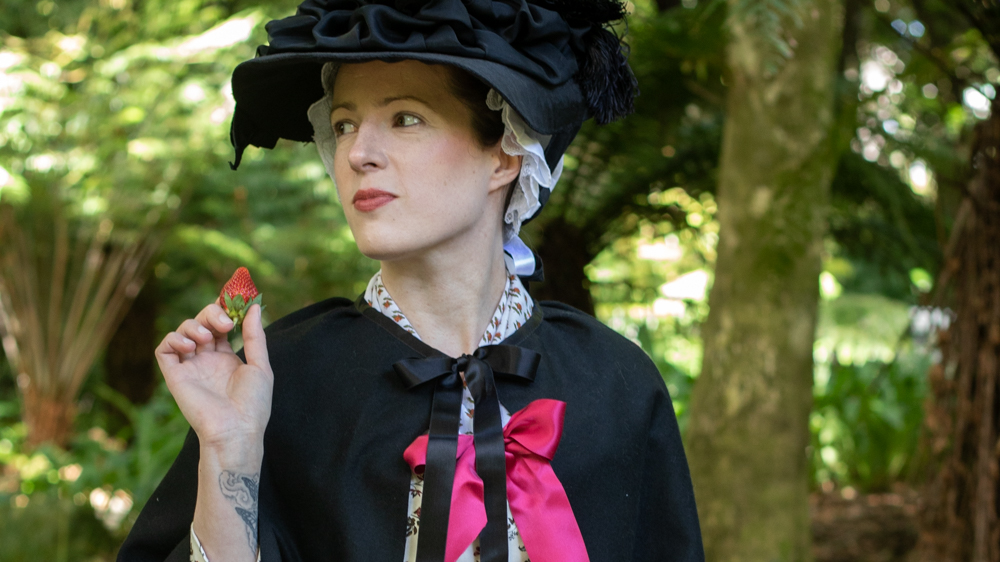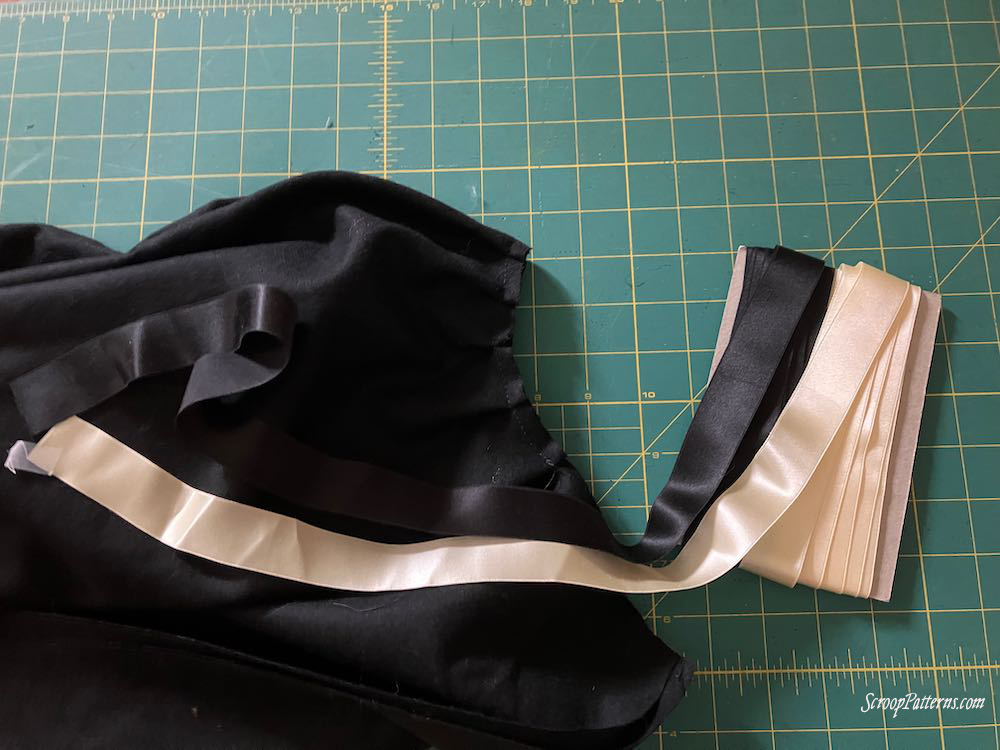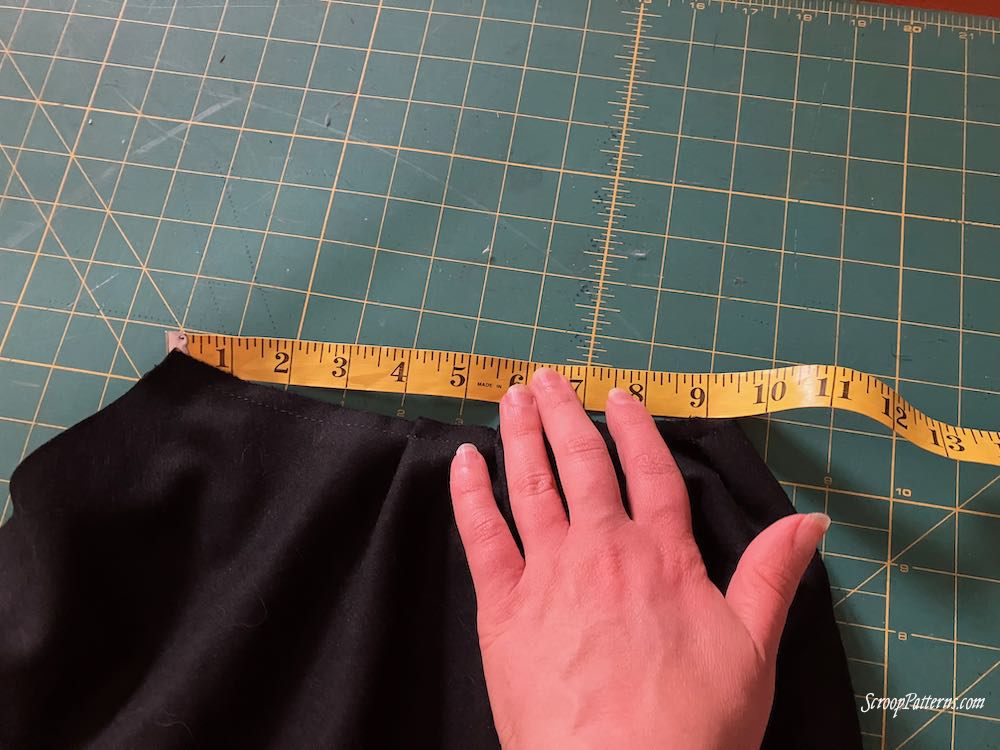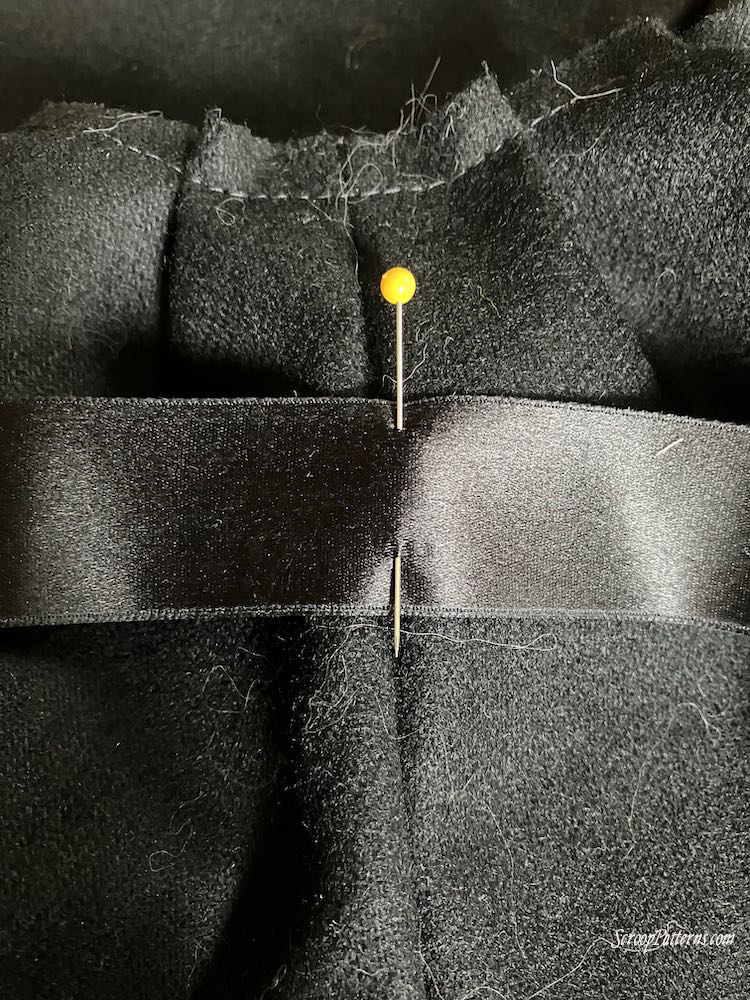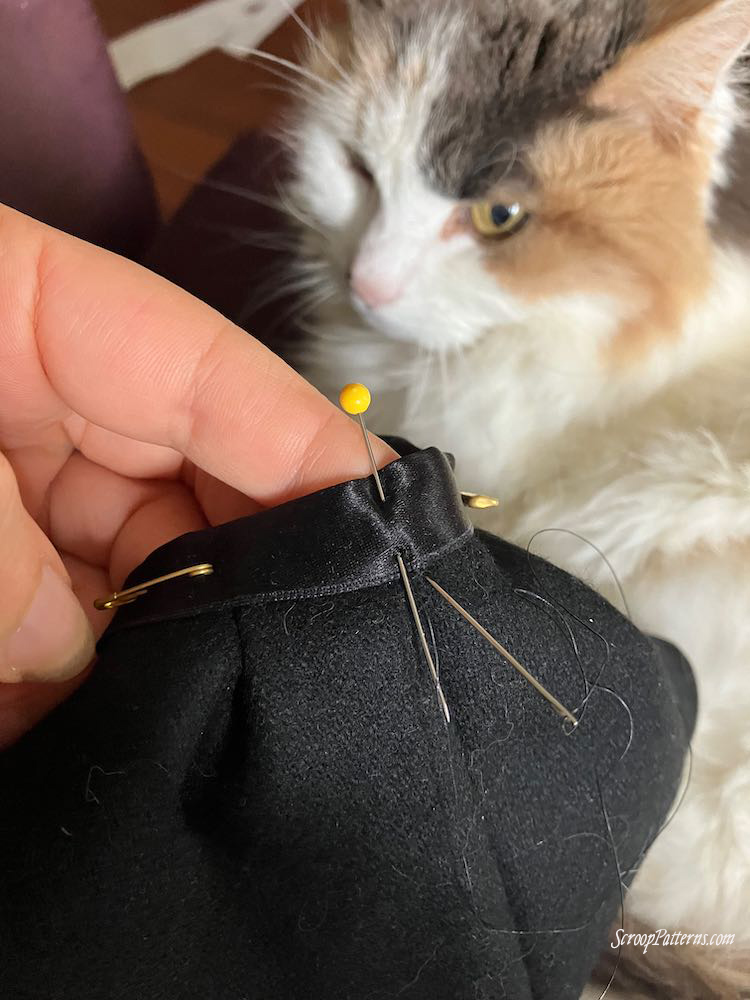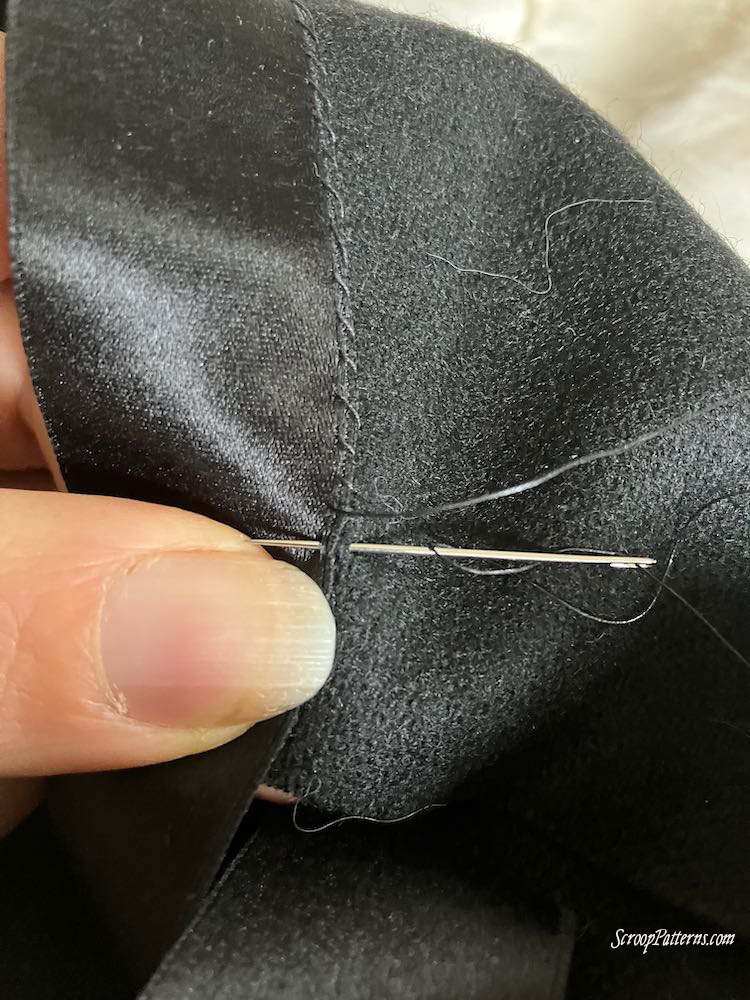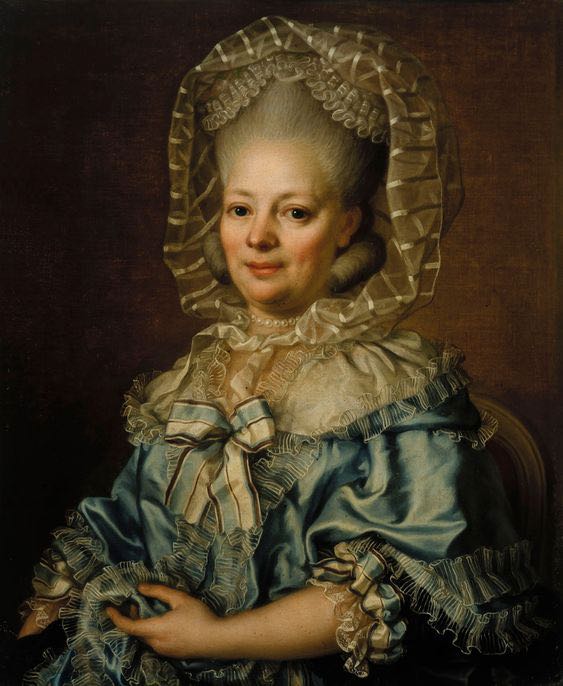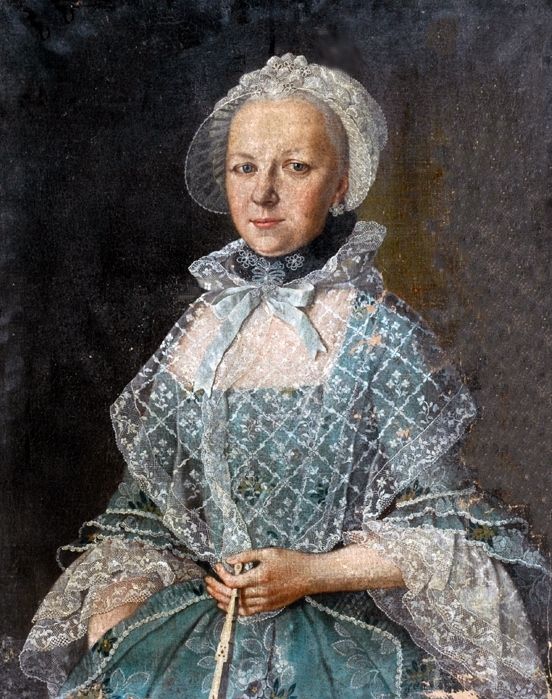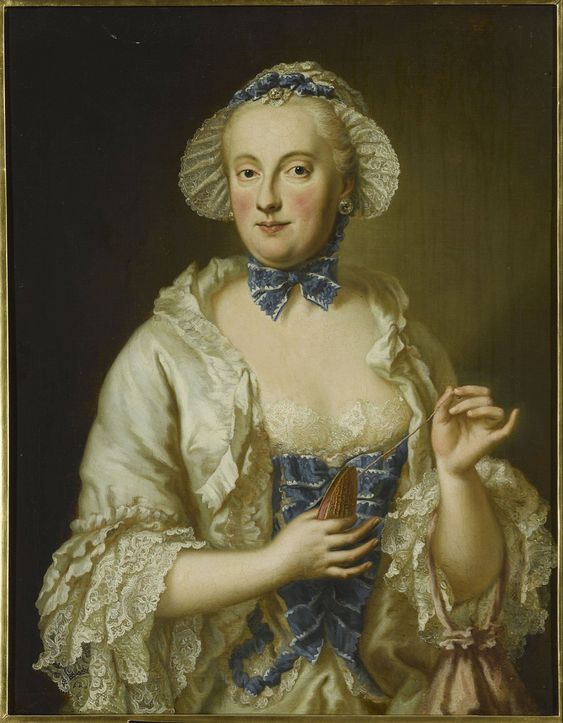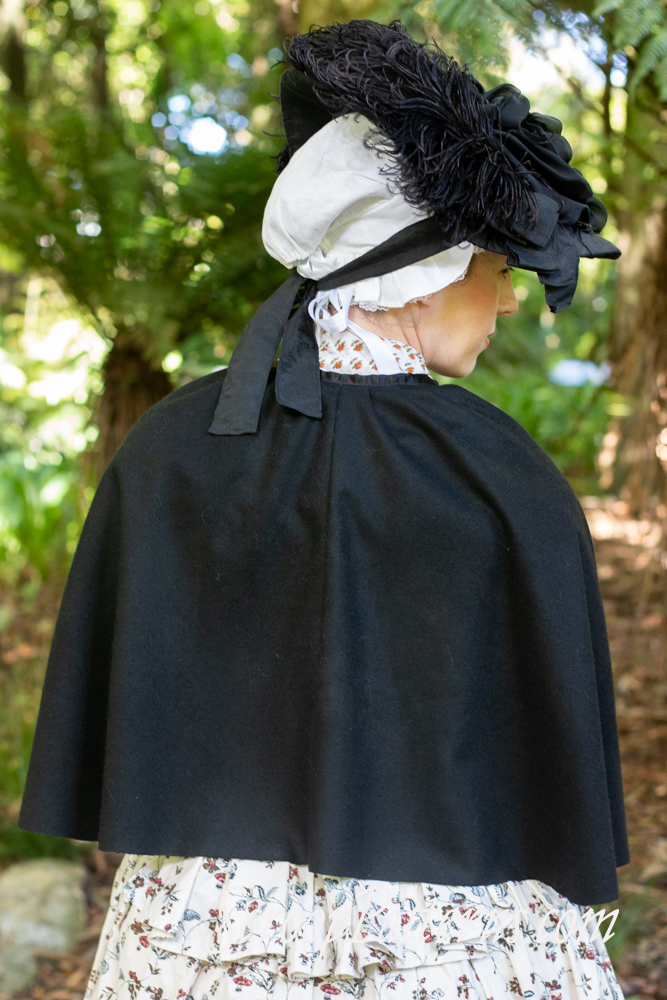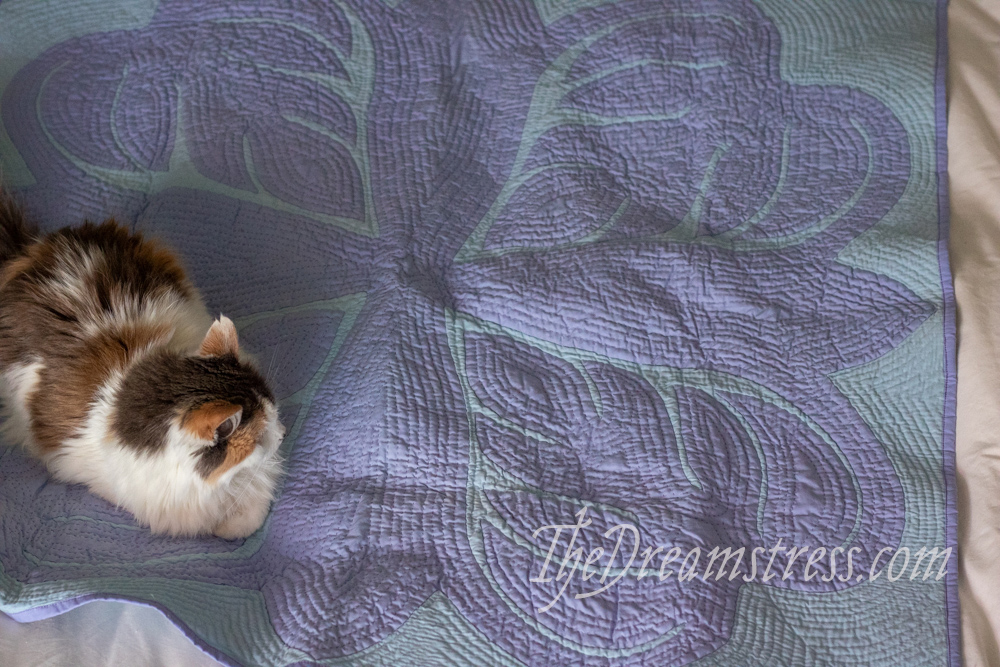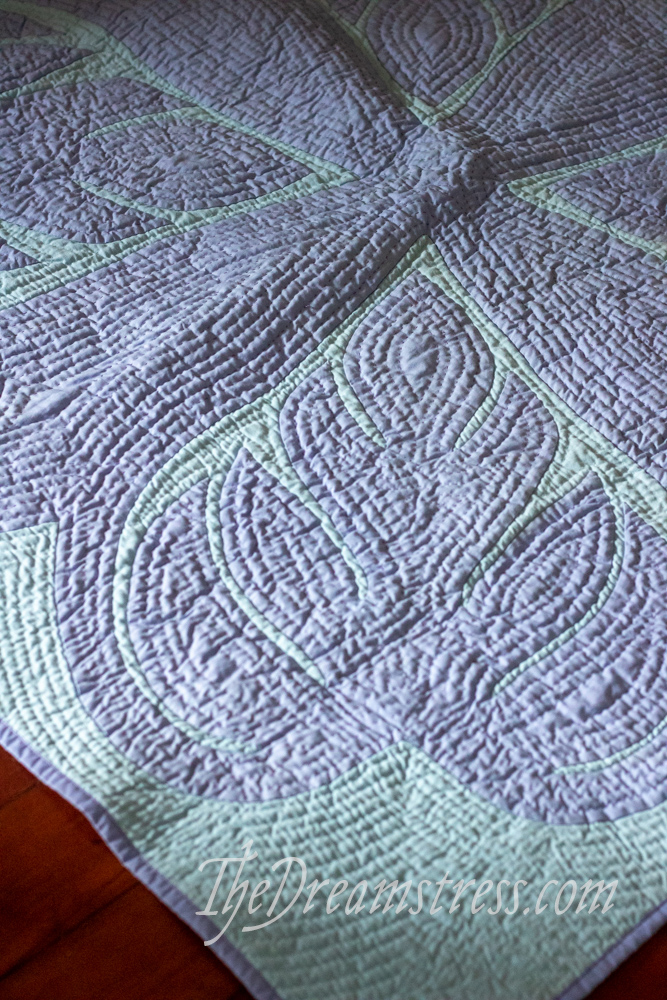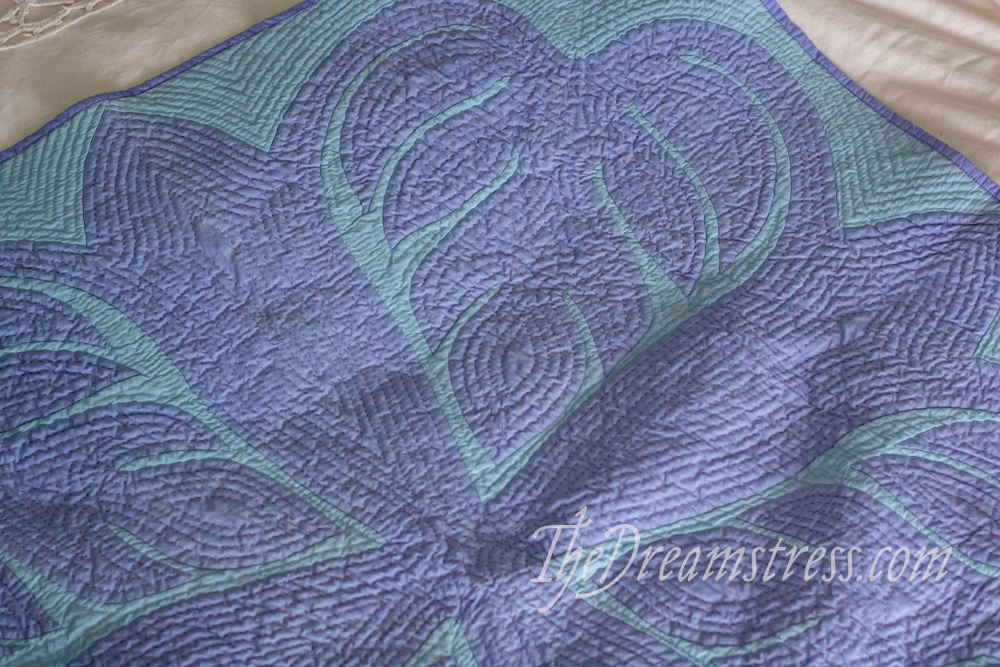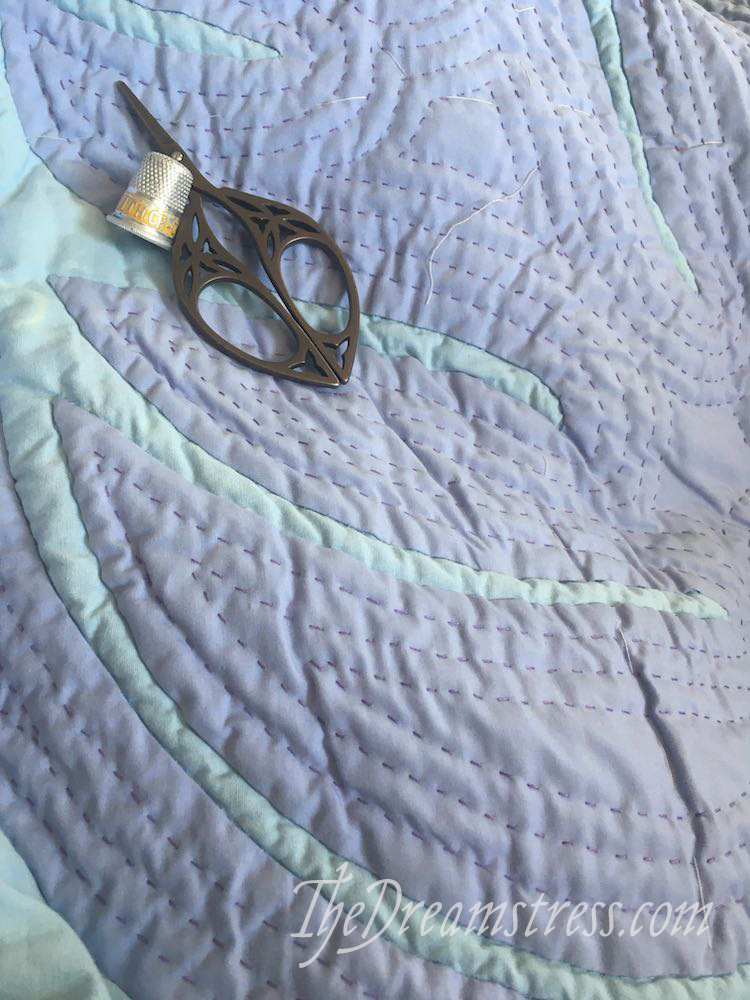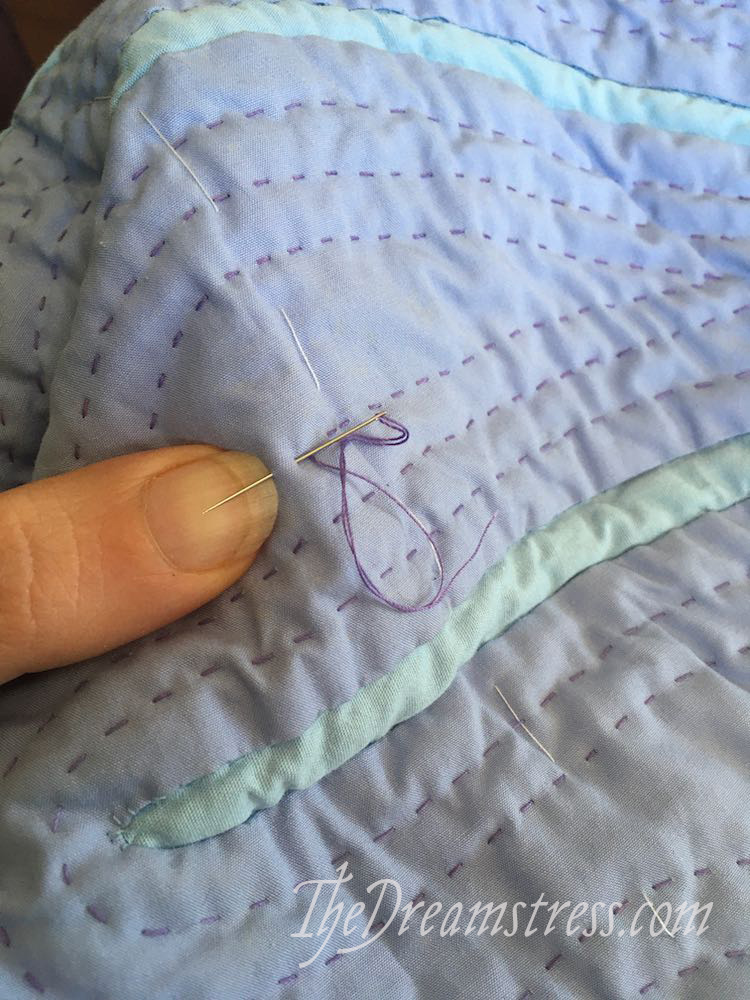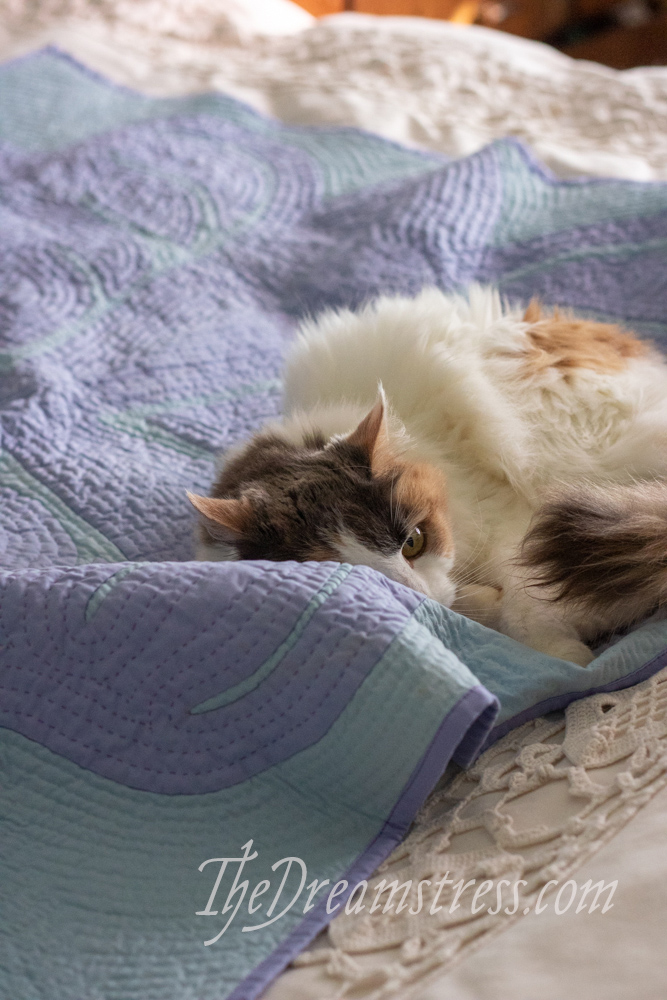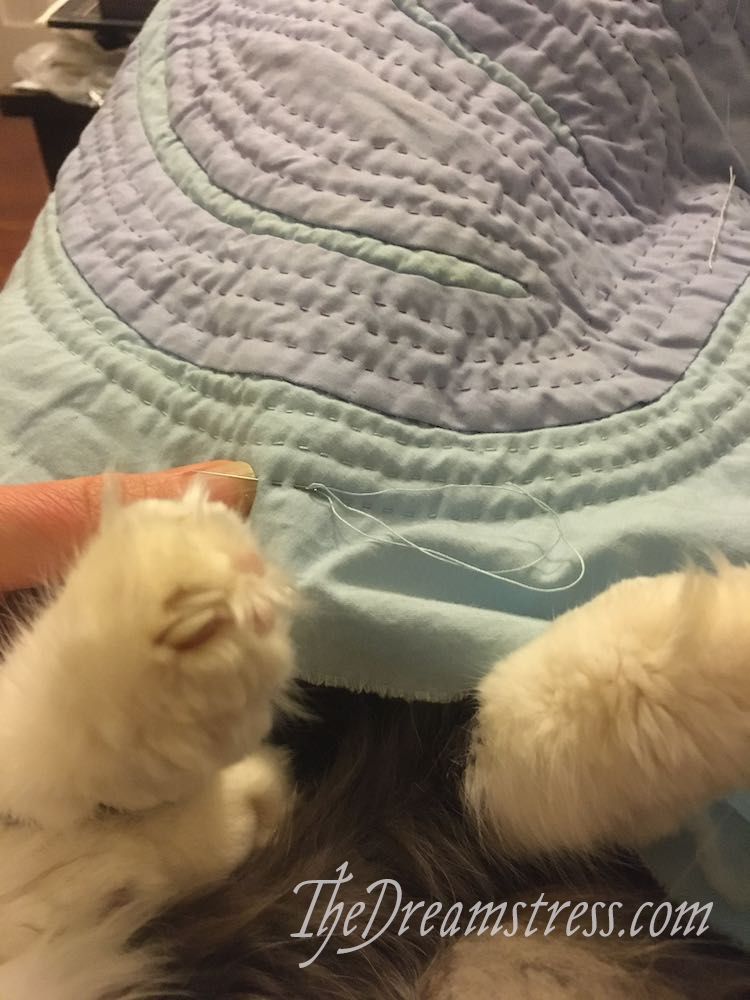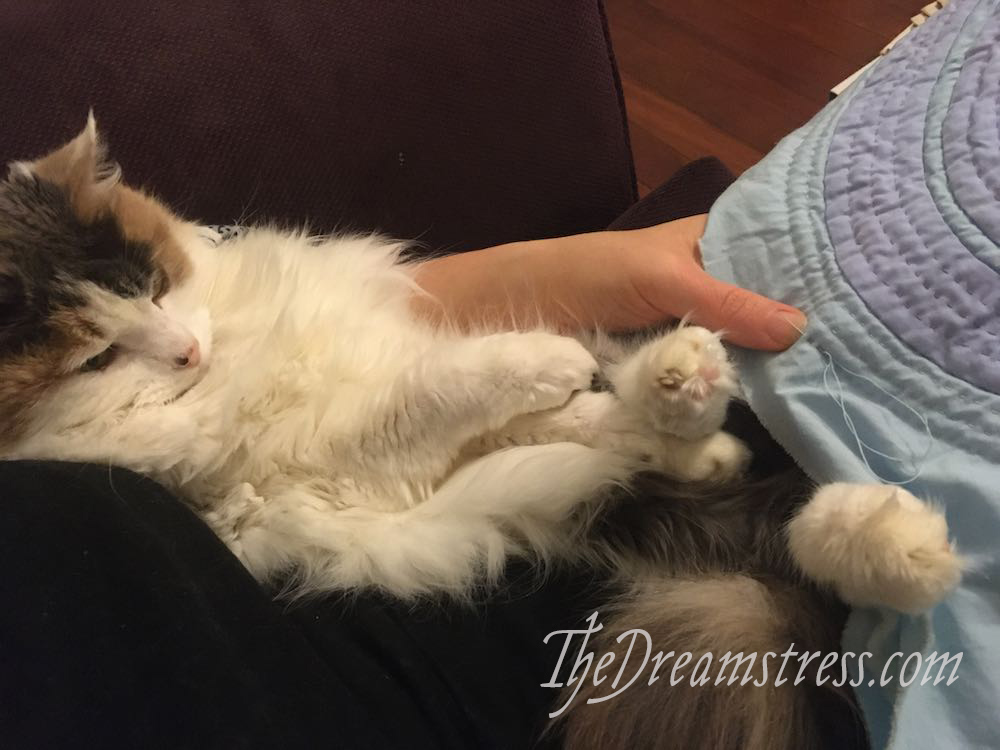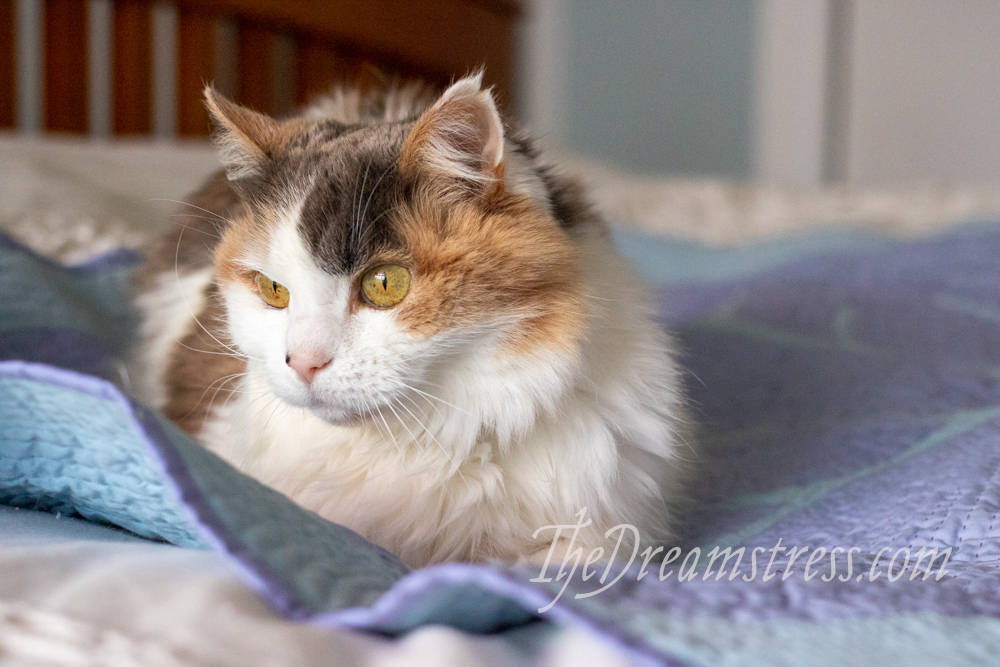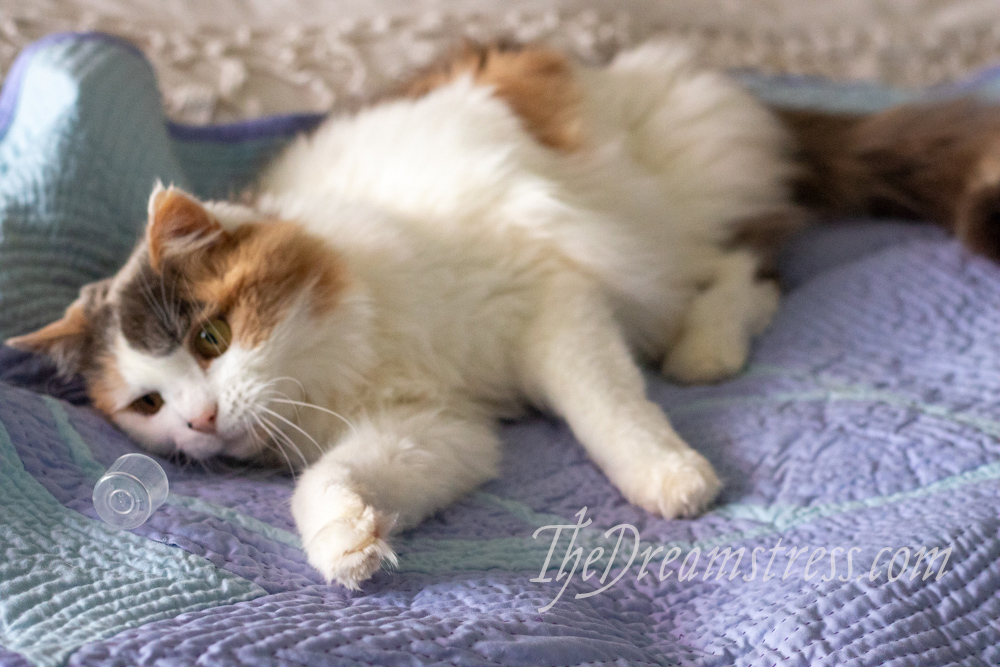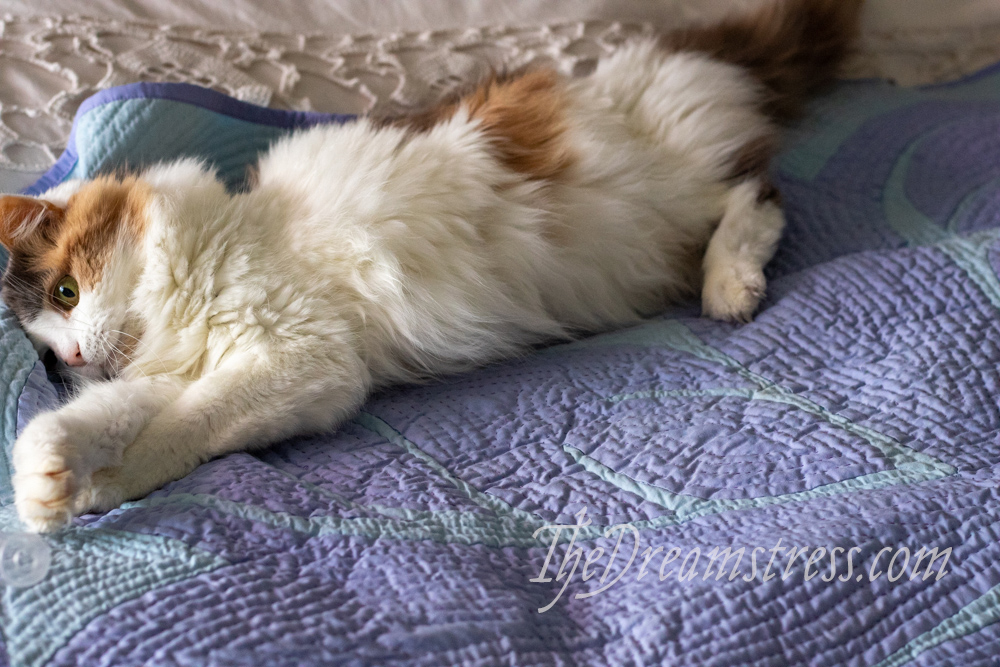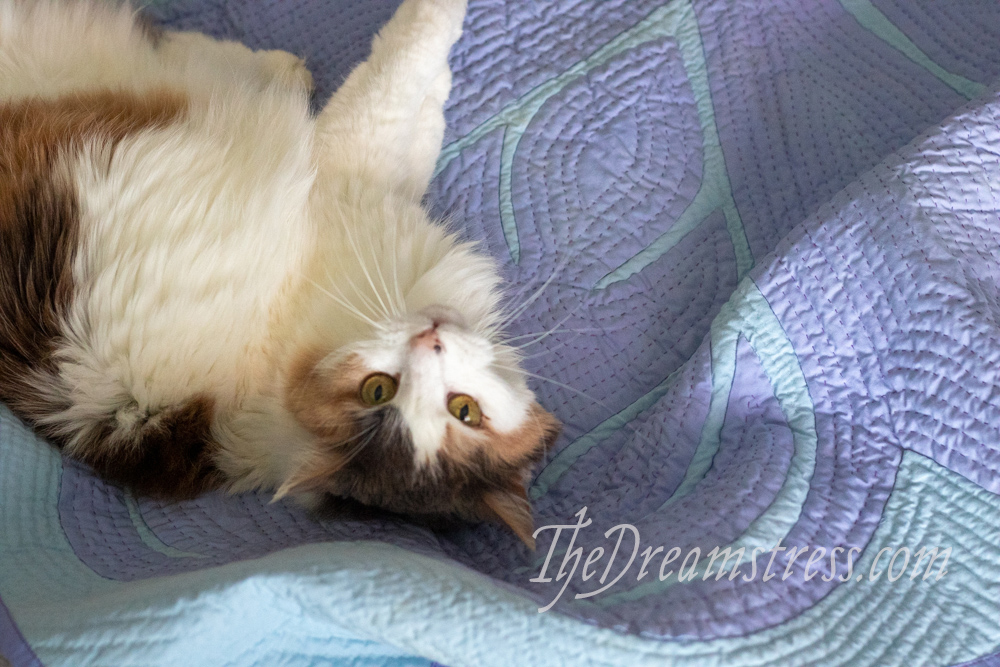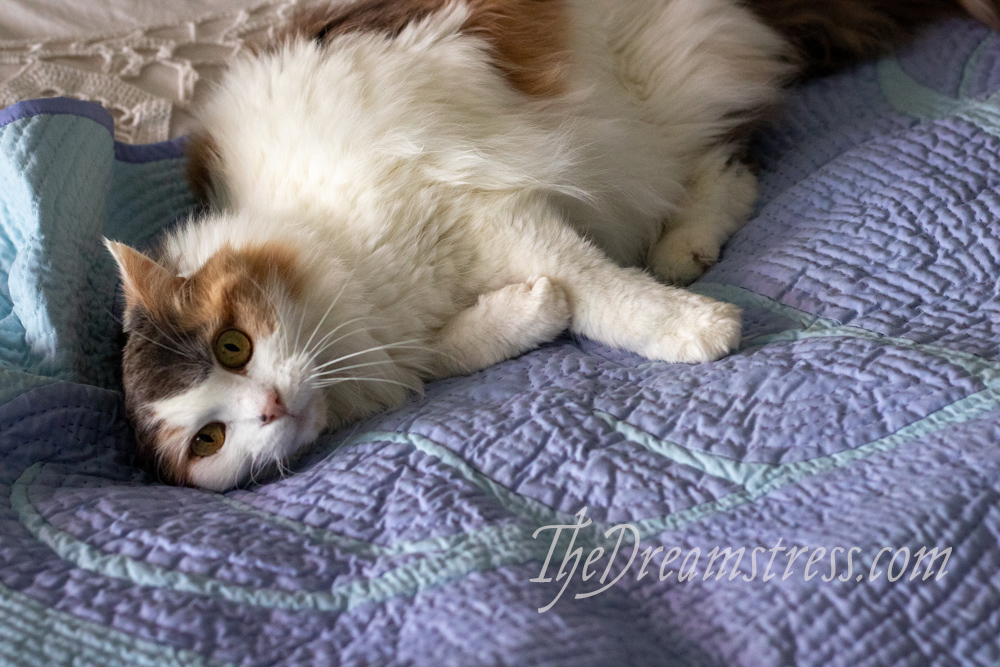If you’re into 18th century costuming and/or dinosaurs, you’re probably familiar with the absolutely awesome Vincent Briggs and his pterribly cute Pterrible Dinosaur Drawings (on tumblr, facebook, instagram, or with the world’s best patreon tier level options – pick your favourite poison).
You might even be aware that he also does really fantastic fabric designs. (it’s so unfair that anyone is that talented!).
I looooooove his fabric designs. After a really rubbish first half of 2022, I decided that while a wardrobe full of ridiculous monster dresses wasn’t going to fix things, it would definitely give me a reason to smile when I opened my closet doors. And I was going home to Hawai’i in August – so I could take advantage of shipping to the US, instead of to NZ!
After dithering for ages over which fabric I wanted (because they are ALL so awesome) I settled on Monster Pattern #3 in green…
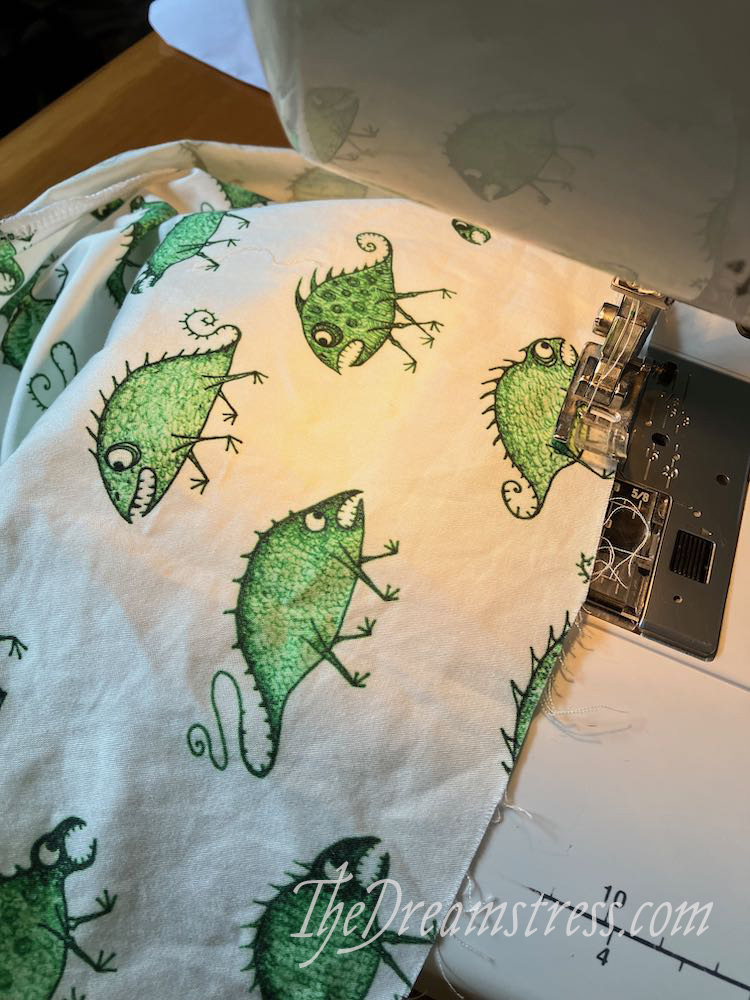 …and Monster Pattern #1 and Monster Pattern #2 and Crinoid Fossils (I’m going to make something 18th c out of that!) and Polka Dot Monsters in rainbow. They were all too fabulous to get just one!
…and Monster Pattern #1 and Monster Pattern #2 and Crinoid Fossils (I’m going to make something 18th c out of that!) and Polka Dot Monsters in rainbow. They were all too fabulous to get just one!
And I talked a bunch of friends into getting some too! So it’s going to be a monster invasion in Wellington!
I got the biggest amount of Monsters #3 in green. I had a specific dress vision in mind. Something a bit artist smock, a bit chef jacket, a bit 1950s inspired…

I had fun pattern drafting, tested the dress in a cheap fabric (shown above, glamorously paired with tabi mudboots in Hawai’i), made some adjustments, and set to work.
Fiss helped, as she always does:
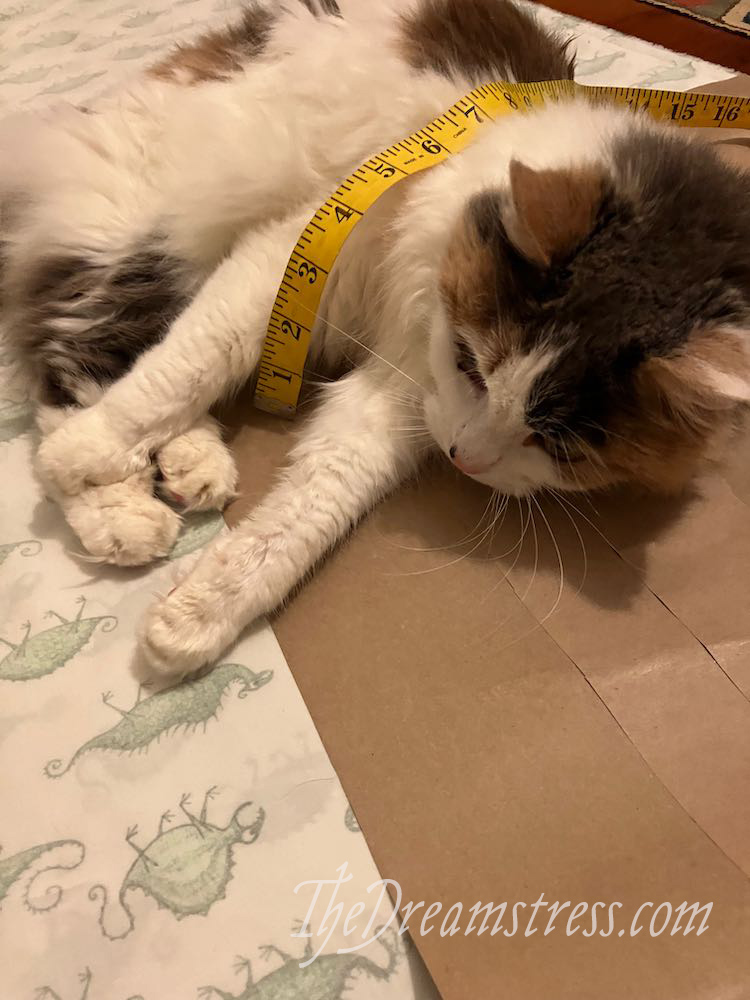
There was topstitching:
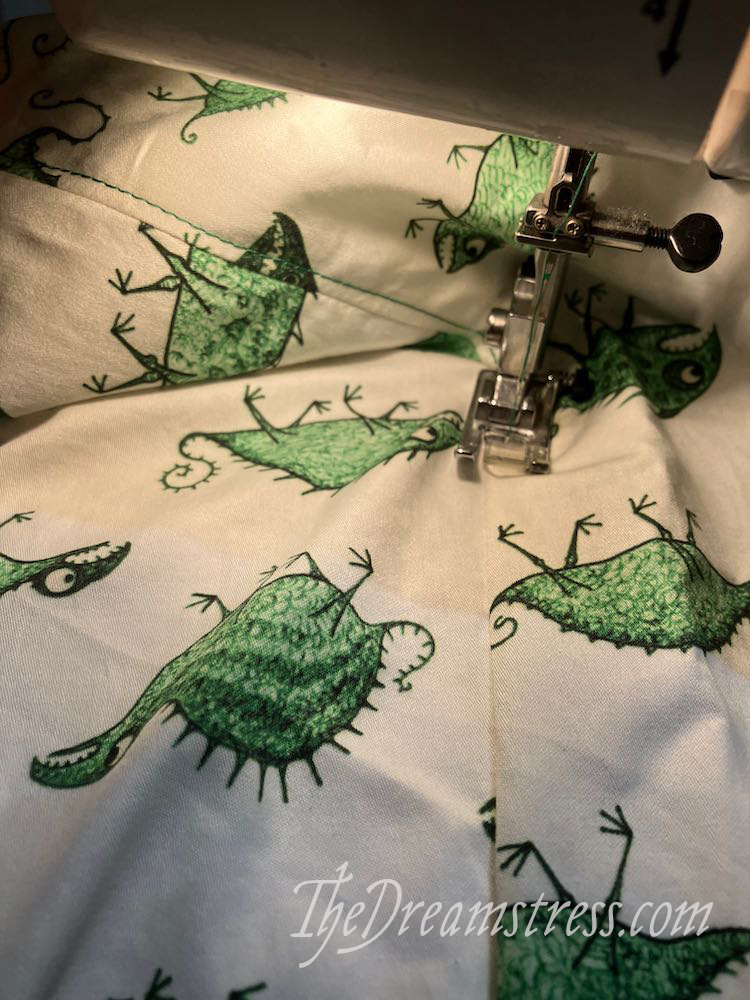
And some very precise seam matching:
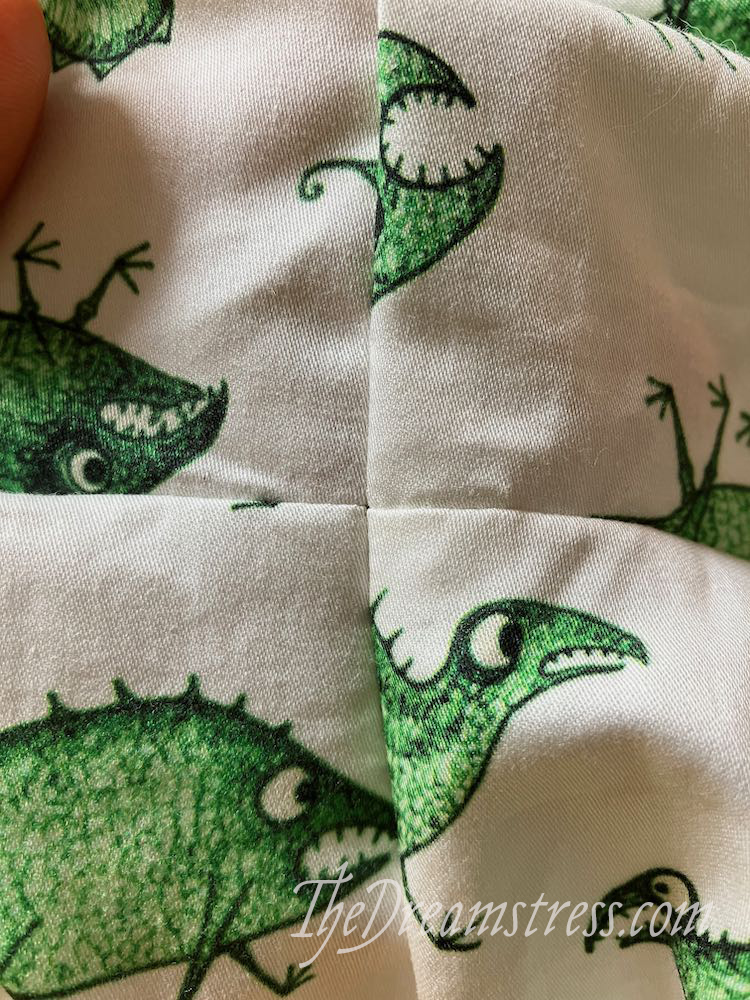
(it’s under my arm so you’ll never see it, but it gives me great joy)
And button choosing:
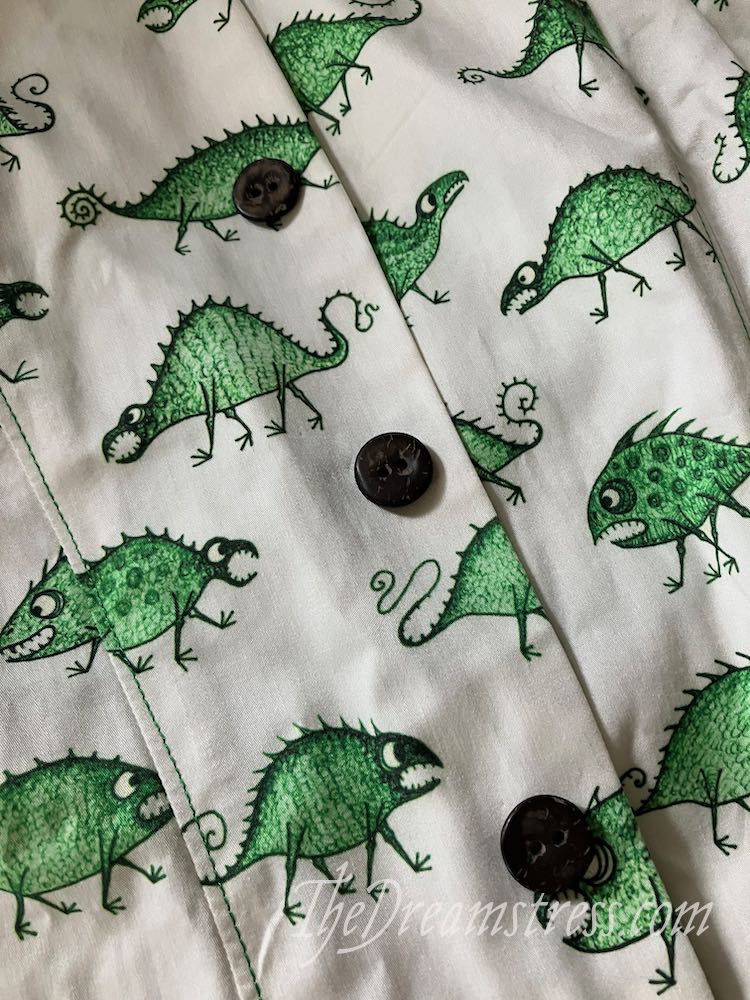
Not those ones…
And a bias tape hem with blind hemming:
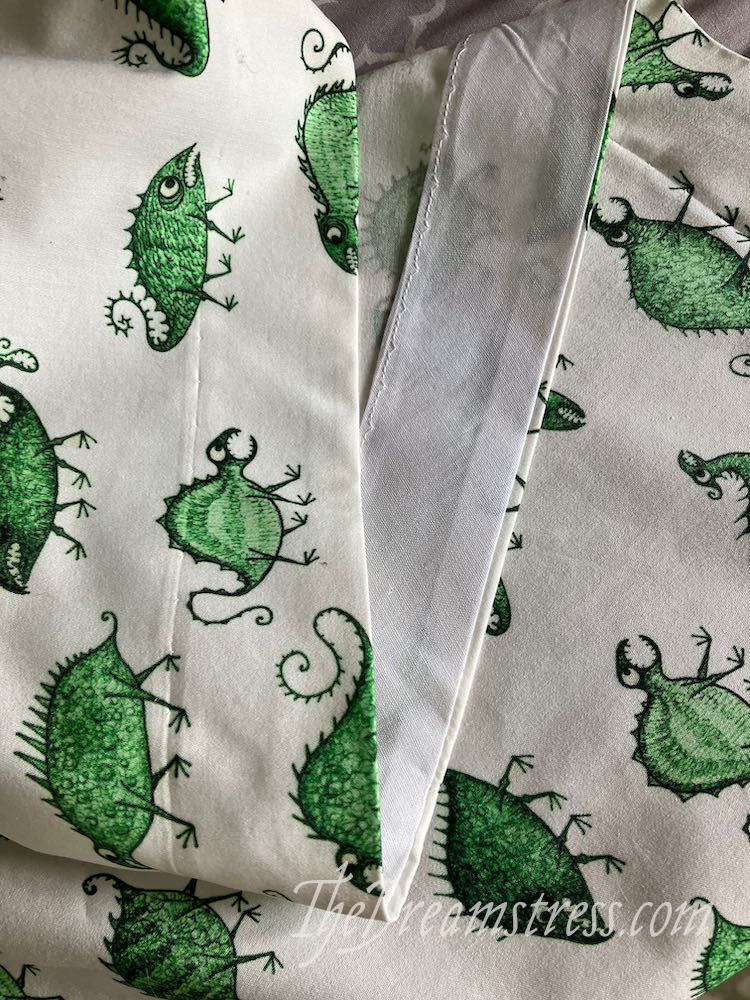
And a bit of hand finishing:
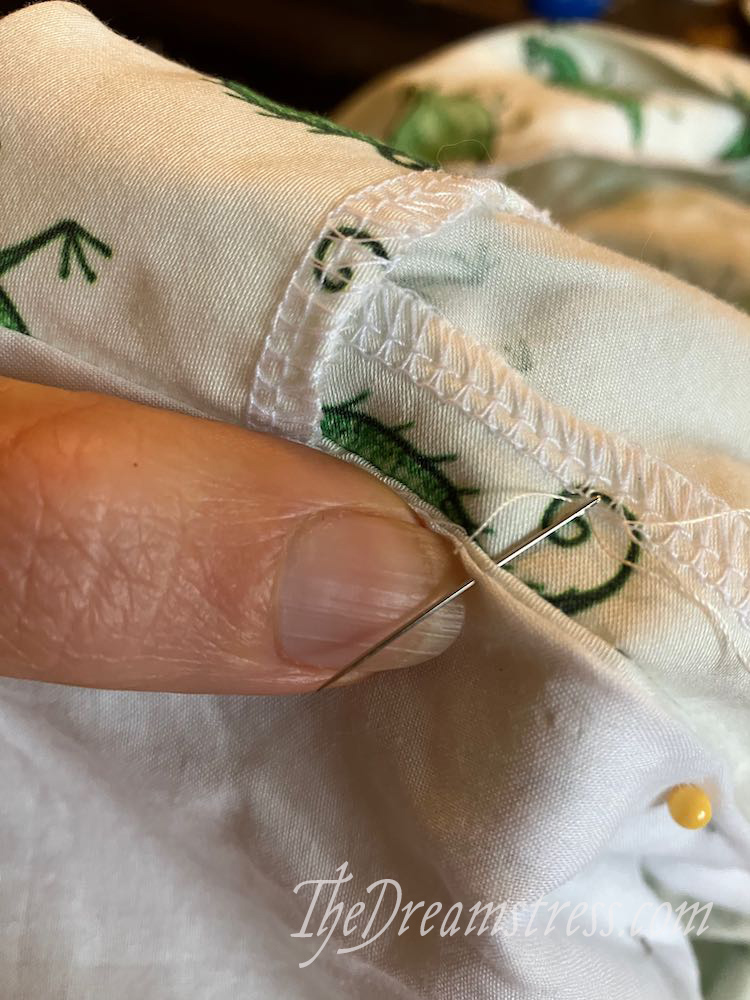
And gathering on cuffs:

And finally, done!
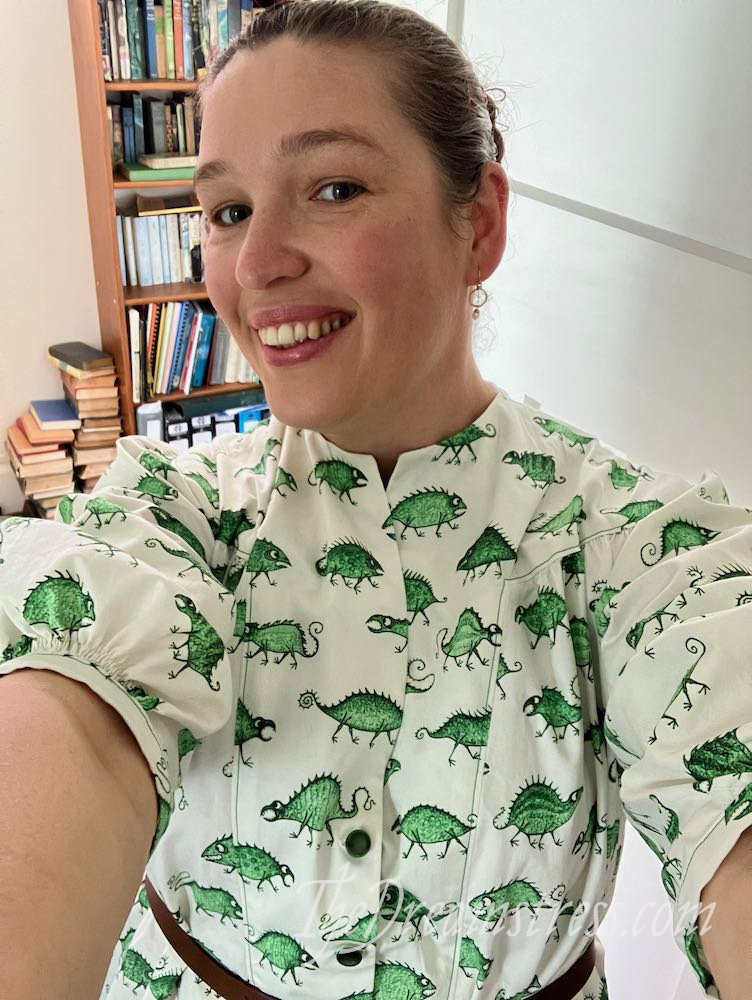
I’ve wore it for a pre-holiday picnic at the beach, and for Christmas + Hanukkah celebrations, and for a dozen other special events over summer, because it’s officially my favourite dress ever.
But every time I wear it I’m having so much fun I forget to take photos 🤣
The only time I’ve gotten any was the picnic at the beach:

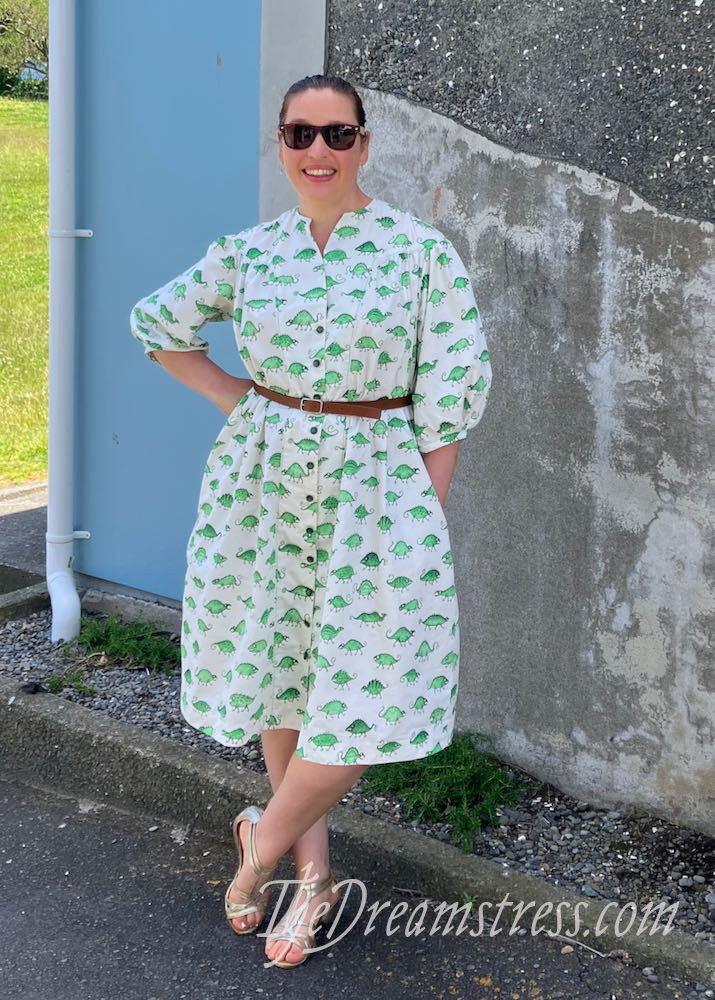
(Did I mention that it has enormous pockets?)
Since I only got two dress photos, here are some fabulous beach images featuring a seagull, which is very on-theme, because Vincent and I both share a love of Our Flag Means Death, and every time I see a single seagull now I say “Carl!”


In the interest of full transparency, while the monster print is available from Spoonflower, my fabric was actually from a Canadian company that Vincent works with that only does artist-direct sales. Vincent helped me order from them as a friend (and then I paid him a higher commission than he would have gotten from Spoonflower, because that’s what friends do).
So you can order the prints, but you won’t be able to get the exact fabric I used, but Spoonflower still has lots of great fabric options.
If you get some, may it make you as happy as my monster dress makes me…

